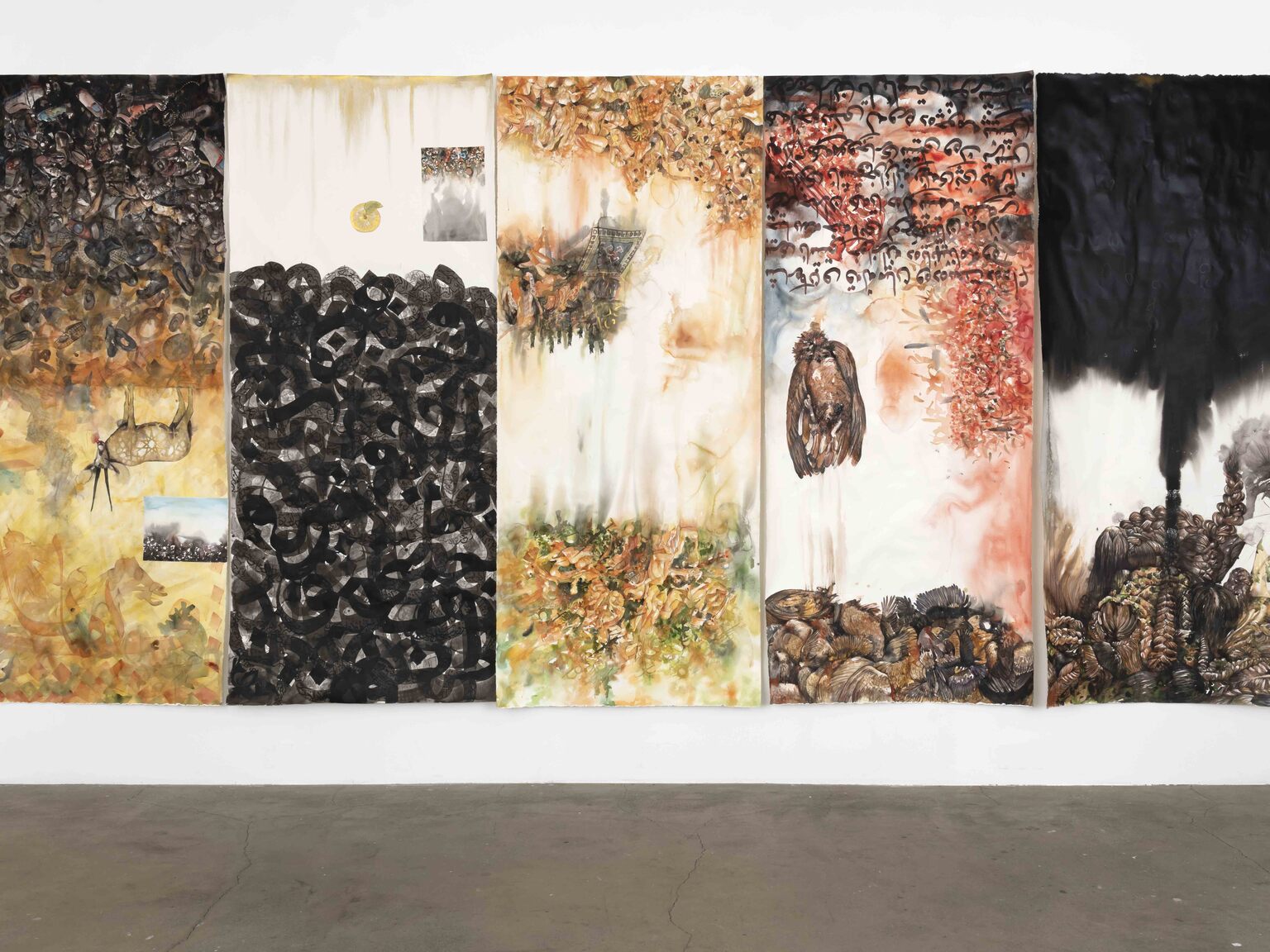
Halo of Shame: Suppression of the mother tongue via drawing and sound
PhD Candidate Dler Mariam Dalo's doctoral project. (Dler Mariam Dalo uses the artist name Shwan Dler Qaradaki.)
Academic summary
Can the suppression of the mother tongue of visual artists affect their visual modes of expression?
“If my mother tongue is shaking the foundations of your state, it probably means that you built your state on my land” - Musa Anter
Via the "Halo of Shame " project Shwan wishes to investigate what kinds of artistic obstacles individual artists with a minority background face when totalitarian regimes prevent them from talking and expressing themselves in their mother tongue. He wishes to investigate if suppression of mother tongue influences their visual modes of expression and how. What kind of people result from a ruling nation state preventing an individual minority from expressing itself in the language closest to its heart and brain?
Certain minorities do not have the privilege of expressing their many affiliations, of exercising their religion and culture, or of speaking their mother tongue. This suppression can be so severe that the minorities can experience being discriminated against or imprisoned, being exposed to violence or even being killed. Such suppression can lead to certain minorities refusing to learn the language of the majority or submitting to their supremacy. In some instances, those suppressed can rebel, resort to violence or revenge.
Will a cultural and artistic vacuum be created if the suppressed artist does not accept learning the enforced language of the majority while at the same time he or she has not gained mastery of the mother tongue? Does insufficient knowledge about one’s own culture, origins, art history, literature and philosophy influence what one wishes to carry out and communicate? Will it limit creativity and influence the artist’s choice of artistic issues, modes of expression and choice of artistic material? Can such suppression results in a humiliated and mentally impoverished artist? Can such a strategy of suppression backfire and result in a more rebellious and activist art and form of art?
In this research project, and via his artistic practice, which is anchored in drawing in a broad sense, he wishes to investigate the consequences of language loss in visual artists. In so doing, he wishes to contribute to creating a new understanding of what personal affiliation/connection artists who have been linguistically suppressed have to their mother tongue and how it has influenced them as individuals. The project will be able to contribute to an understanding of how visual art, and drawing in particular, can contribute to reflection about language and language affiliation by being an accessible and visual method of expression and investigation.
Project facts
| Project title | Halo of Shame |
|---|---|
| Project manager |
|
| Start date | |
| End date | |
| Project status | Concluded |
| Department | Art and Craft |